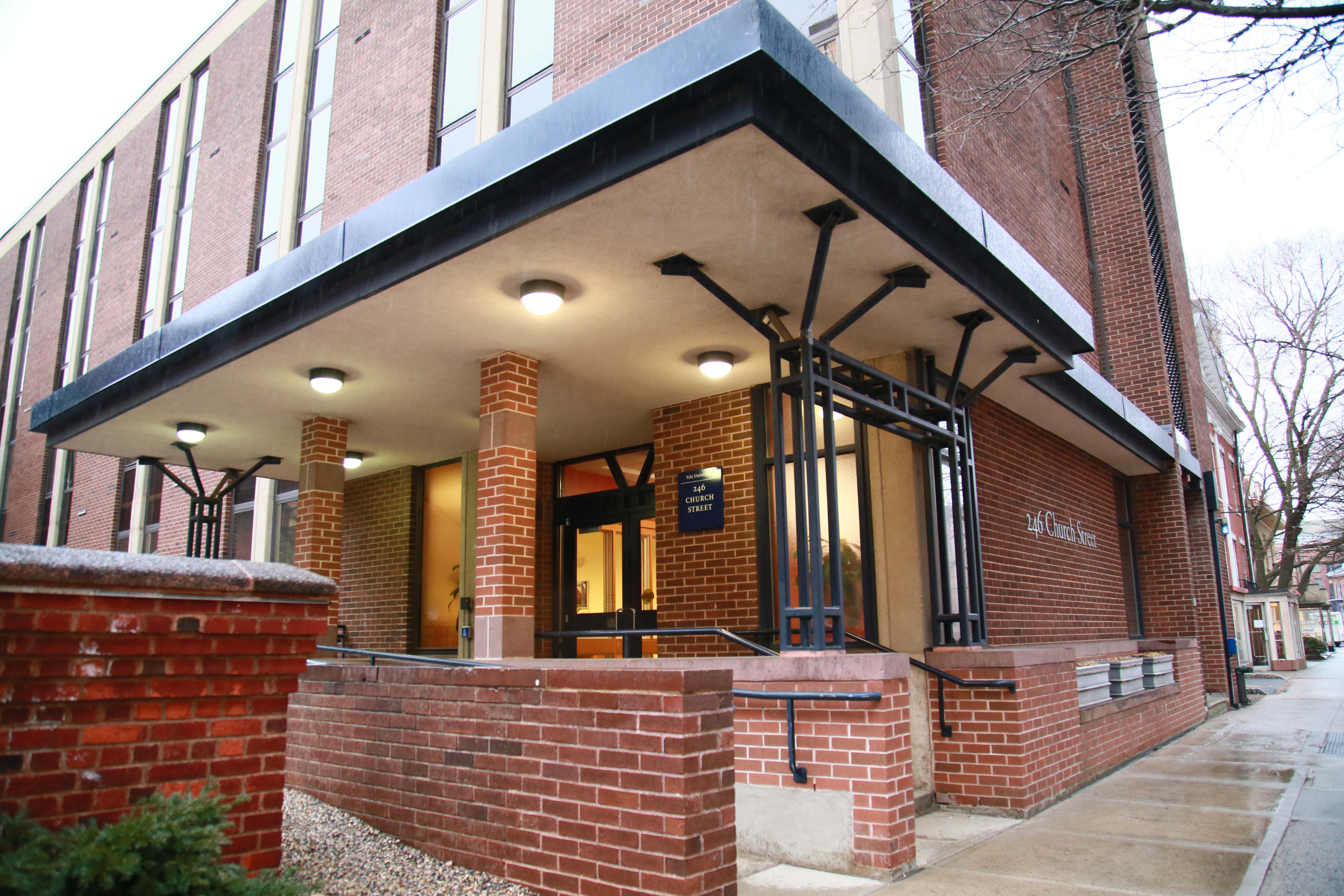
In just under a week, the first admits to the class of 2020 will receive a revamped financial aid award letter, the product of an administrative effort to communicate more clearly with students about the cost of a Yale education.
Students have complained in the past that the language used in financial aid communications — including terms such as “self-help,” “student income” and “student effort” — is opaque and inaccessible, leading to confusion about the size of the financial contribution expected of them. In response to these concerns, as well as overall student dissatisfaction with financial aid policy, the Yale College Council commissioned a report last year to examine the issues. The report, which was published in January, contained a host of recommendations for financial aid reform, including changes to the financial aid award letter and financial aid office website to enhance communication between students, their families and the Office of Financial Aid. Since then, the office has updated its website in response to the YCC’s recommendations, and the letters sent out next week to early action admitted students will be yet another attempt to make the process more transparent for students.
“It’s been a really great collaborative effort across the University to put this letter together,” Dean of Undergraduate Admissions Jeremiah Quinlan said, noting that the Office of Admissions worked closely with the financial aid office, the Registrar’s Office and other administrative departments to work on the updated letter.
The old letter broke the cost of Yale down into three sections: estimated expenses, family contribution and financial aid award. The estimated expenses section detailed the sticker price of one year at Yale — just over $60,000. The family contribution section outlined the expected parent contribution and the expected “student income” contribution — the amount a student is expected to earn from a summer job and then contribute toward tuition. And the financial aid award section contained any grant money from Yale and outside sources, as well as the expected contribution from a student’s term-time job. The letter did not define the student income contribution.
The new letter features a heavily revised format, with separate boxes breaking the letter down into components like “estimated cost of attendance” and “gift aid,” which is any money students will receive from Yale or outside sources. Next to the numbers, there are notes explaining what the contents of each section mean. Further, the new letter clearly lists the contribution that students must make to Yale during their time enrolled in school, with the figure broken down into the student summer income contribution — previously called just the student income contribution — and the student employment contribution, previously listed under the term-time job and also referred to as the “self-help” expectation. Next to the list, the total contribution is defined as “a combination of assumed summer savings and academic-year earnings, as well as a ‘student asset contribution’ if applicable.” This explanation is not present on the old letter.
Director of Financial Aid Caesar Storlazzi said the letter is easier to understand in part because it clarifies the concept of net cost, which is the total cost of attendance minus gift aid that the student may be receiving from Yale or from other sources like federal Pell Grants. Storlazzi added that beyond knowing the full cost of attendance, students and families also want to see how much they will actually have to contribute from their own pockets.
Kerry Worsencroft, director of Student Financial Services operations, said the change in terminology related to the student contribution was based on feedback from students, who suggested that all expected contributions from students be listed in one place, as opposed to in separate section as they were in the old letter.
“Students … noted that terms such as ‘self-help’ and ‘student income contribution’ were not transparent in representing the expectation from the student,” Worsencroft said. “As a result, the new letter uses the more descriptive terms ‘student summer income’ and ‘student employment.’”
Unlike in previous years, the new letter separates by semester the total contribution expected from a student and his or her family. Furthermore, it outlines possible ways of financing Yale tuition beyond financial aid, such as student employment, outside aid or through the Yale Payment Plan, which allows families to spread payments over a period of 10 months without incurring any interest charges.
Storlazzi said the design is based on the Financial Aid Shopping Sheet, a model released by the U.S. Department of Education for institutions to inform students about their financial aid packages. While similar in design, Quinlan said the updated letter is in direct response to administrators’ work with the YCC on increasing communication about financial aid.
Leah Phinney ’04, associate director of undergraduate admissions, said the Admissions Office has gone through many iterations of the letter since last spring, receiving feedback along the way from the YCC and staff members with children in college on financial aid.
“Surely, there will always be room for improvement, but I think we are very pleased with this overhaul and aspire to set a best practice with this award letter going forward,” Phinney said. “Financial aid was an integral part of my Yale education over a decade ago, so I was very pleased to be a part of this project because I know how important this is to students and families.”
Nearly 2,800 undergraduates currently enrolled at Yale are on financial aid.







